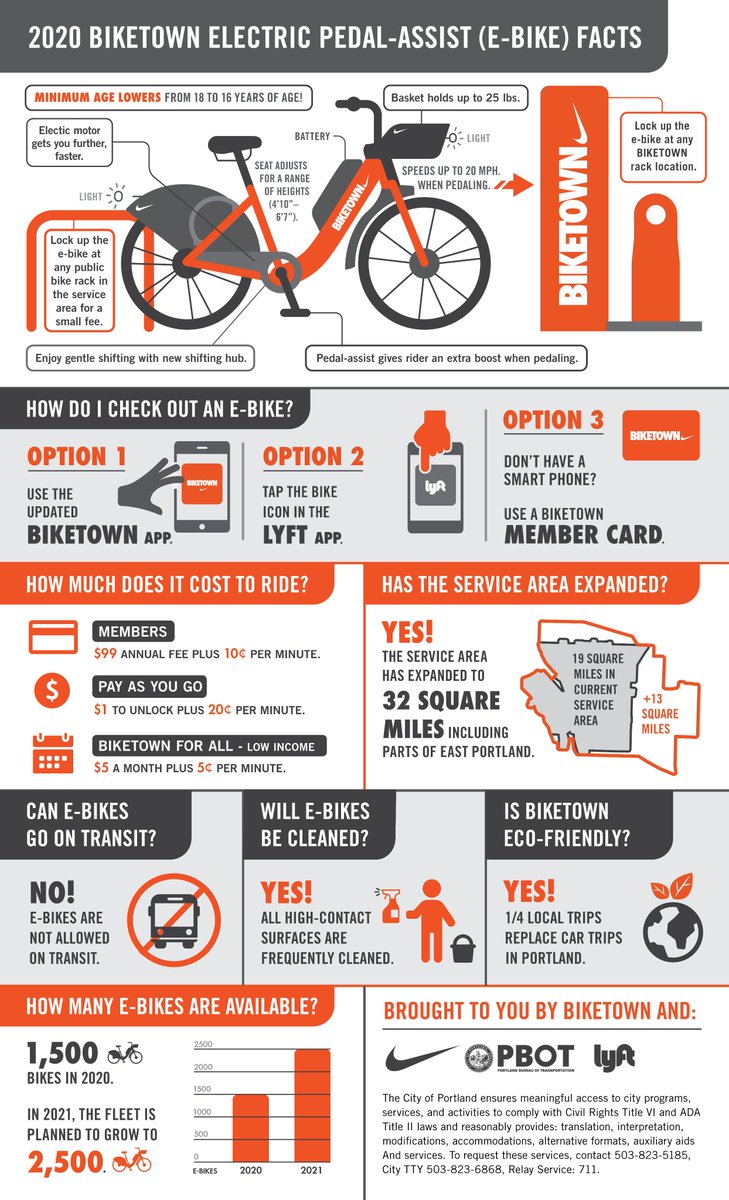Important Insights Into E-Bike Laws And Rules For Beginners In Your City

Web Content Writer-Lynch Chang
Prior to you hop on your e-bike and hit the streets, it's vital to recognize the legislations and regulations that regulate your city. From rate restrictions to assigned riding areas, there's a great deal to think about to guarantee you're certified and risk-free. By acquainting yourself with the policies particular to e-bikes, you'll be better geared up to appreciate your rides with no unforeseen lawful issues. Remain tuned to discover Go At this site that will assist you navigate the e-bike landscape in your city seamlessly.
Comprehending E-Bike Classification
When it pertains to navigating the realm of e-bike regulations and regulations, an important starting factor is comprehending the classification system that classifies these electrical bicycles. E-bikes are generally classified into three major groups: Course 1, Course 2, and Class 3.
Course 1 e-bikes are pedal-assist just, meaning they offer aid while the rider is pedaling and have a maximum speed of 20 miles per hour. These bikes are admitted locations where standard bikes are permitted.
Course 2 e-bikes are equipped with a throttle that can push the bike without pedaling. They additionally have a maximum speed of 20 mph and are suitable for motorcyclists who may need help without pedaling continually.
Web Site -bikes resemble Class 1 yet with a higher maximum speed of 28 mph. These bikes are commonly restricted from particular bike courses or tracks because of their greater rates.
Comprehending these classifications is vital for adhering to neighborhood regulations and making certain a risk-free and enjoyable e-biking experience.
Browsing Speed Limits and Constraints
To properly browse e-bike regulations and laws, it's crucial to recognize the speed limitations and constraints that apply to different courses of electrical bikes.
Speed restrictions for e-bikes differ depending upon the classification of the bike. Class 1 e-bikes, which are pedal-assist just and have a maximum speed of 20 mph, are generally enabled on bike lanes and paths.
Course 2 e-bikes, which have a throttle in addition to pedal-assist and also reach speeds of as much as 20 miles per hour, might be restricted in certain areas where motorized vehicles aren't permitted.
Class 3 e-bikes, with pedal-assist as much as 28 miles per hour, are normally called for to follow the same regulations as conventional bicycles.
It is essential to stick to these rate limitations and restrictions to guarantee your safety and the security of others when driving. Prior to riding your e-bike, familiarize on your own with the specific regulations in your city to prevent any type of prospective penalties or legal issues.
Where to Adventure Your E-Bike
To determine where you can ride your e-bike, it's vital to be aware of the policies and guidelines specific to your location. In a lot of locations, e-bikes are commonly enabled on roads and streets where standard bicycles are allowed. This may include bike lanes, bike paths, and shared roadways. Nevertheless, it's crucial to examine local laws as some cities might have details restrictions on where e-bikes can be ridden.
When riding your e-bike, always focus on safety by adhering to traffic guidelines and valuing pedestrian walkways. In addition, bear in mind any designated bike lanes or paths in your area and use them whenever possible to ensure a smoother and much safer adventure.
Some cities additionally have policies concerning e-bike usage on pathways, so ensure to familiarize yourself with these guidelines to avoid any penalties or fines.
Final thought
Since you know with the legislations and laws bordering e-bikes in your city, you can confidently hit the road knowing where you can ride and what constraints relate to your e-bike classification. Remember to constantly focus on safety and security and adhere to the policies to make sure a smooth and legal ride. Happy riding!

